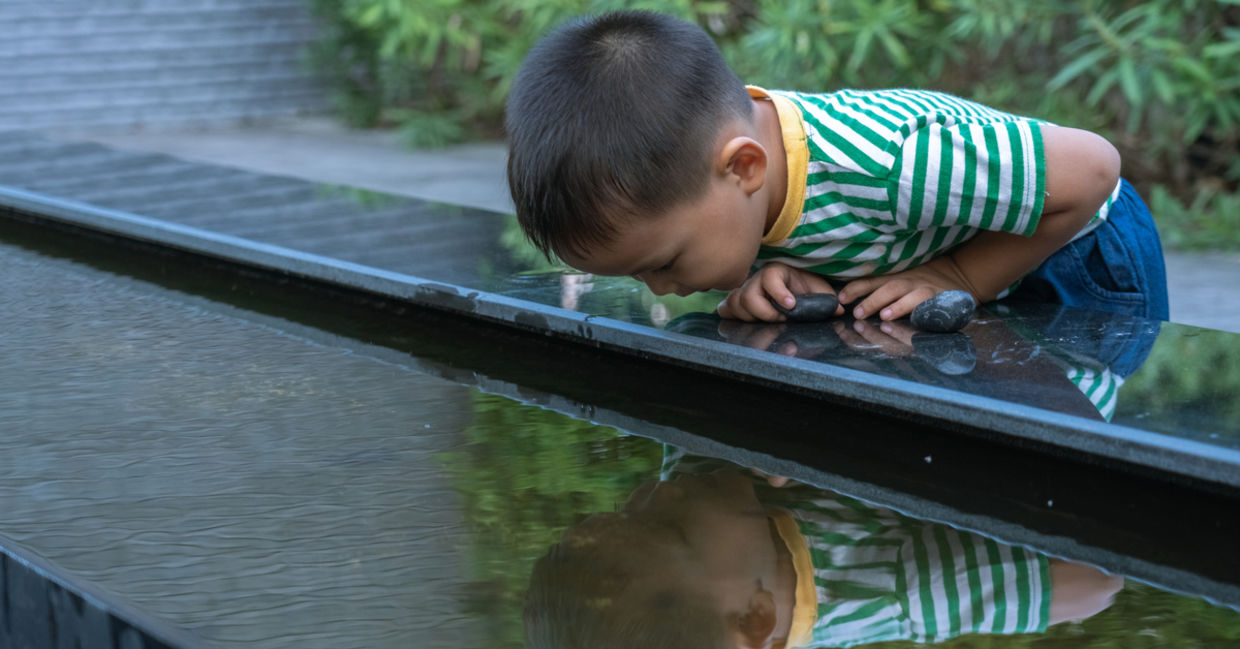
(pratan ounpitipong / Shutterstock.com)
If you know a toddler who may have autism, there is some very good news on the horizon. With early diagnosis being key to helping children with autistic spectrum disorder (ASD), there is now a simple device that determines whether the condition exists.
We all know that the numbers of ASD cases are growing. The American Centers for Disease Control and Prevention (CDC) reported in 2018 that one in 59 children were diagnosed with ASD: one in every 37 boys and one in every 151 girls.
Despite this increase in the number of cases and an improved awareness of the condition, there are still many children who are undiagnosed. In fact, according to Autism Research, one-quarter of American children with autism (mostly children from minority groups and young girls) go undiagnosed.
Even though parents may recognize developmental issues in their babies, the condition is not professionally diagnosed until a few years later. On average, children in the US and Australia are diagnosed with autism at the age of four.
Enter Dr. Paul Constable, head of optometry teaching at Flinders University in Adelaide, Australia. A vision scientist with a PhD in electrophysiology and father of an autistic son, he had been looking for an autism biomarker since 2006.
One day, he brought his son to an optometrist where the little boy was given dilating eye drops. Even though the drops blurred his vision for an instant, it caused trauma for the boy and his dad. Yet it set a great idea in motion.
Constable and his team developed an eye scan that detects the biomarker for ASD as well as ADHD (attention deficit hyperactivity disorder). The device facilitates an easy and early diagnosis.
Published in the Journal of Autism & Developmental Disorders this month- Dr Paul Constable's research finding #autism detected with simple eye scan. https://t.co/SW6iFO1daI Research previewed at launch of Flinders Uni's Caring Futures Institute: https://t.co/MeTUw23Gof pic.twitter.com/gRQDbuPrUM
— Flinders University Newsroom (@FlindersUniNews) February 25, 2020
Constable focused on the retina to develop his idea. Made of neural tissue and connected to the brain by the optic nerve, the retina is, in reality, an extension of the brain. He therefore realized that this was an ideal place to look. The RETeval device flashes lights on the retina for 45 seconds and records the response. As electrical signals from people with neurodevelopmental disorders are patterned differently than the rest of the population, the results will be seen immediately.
The device was successfully tested as part of a study involving 180 people, some with autism and some without, between the ages of five and 21. Constable is confident this will work on much younger children and infants. The goal is to make the eye scan available to optometrists and pediatricians. A quick scan will offer parents a confirmed diagnosis as well as be able to identify children who are at risk of developing ASD at a later age.
This is life-changing news for parents and children alike. The knowledge we have of brain plasticity leads researchers to understand that early treatment will have positive outcomes, as reported on Healthline. Ongoing research corroborates this, finding that early intervention improves an autistic child’s quality of life.
Early intervention can be done via cognitive behavioral intervention and social skills training, improving language delay and interactions with peers. The treatments that can be introduced at an early age include art and music therapy, animal therapy, sensory integration, special diets and nutraceuticals reports Healthline in its discussion of therapy options.
Such early treatment will also decrease frustration, anxiety and stress felt by the child – as well as by parents and siblings. Plus, early diagnosis can also assist parents in family planning. A known fact is that parents who have an autistic child can be two to 18 percent more likely to have another child with ASD, as reported on autismspeaks.org.
Thanks to this one exciting and empowering device, the lives of families worldwide may be transformed.
YOU MIGHT ALSO LIKE:
This Autistic Fitness Trainer Helps Others On The Spectrum Get in Shape
Now Showing: Employment Opportunities in the Movie World!
Adding Innovation to Body Art is Making People Feel Whole Again







